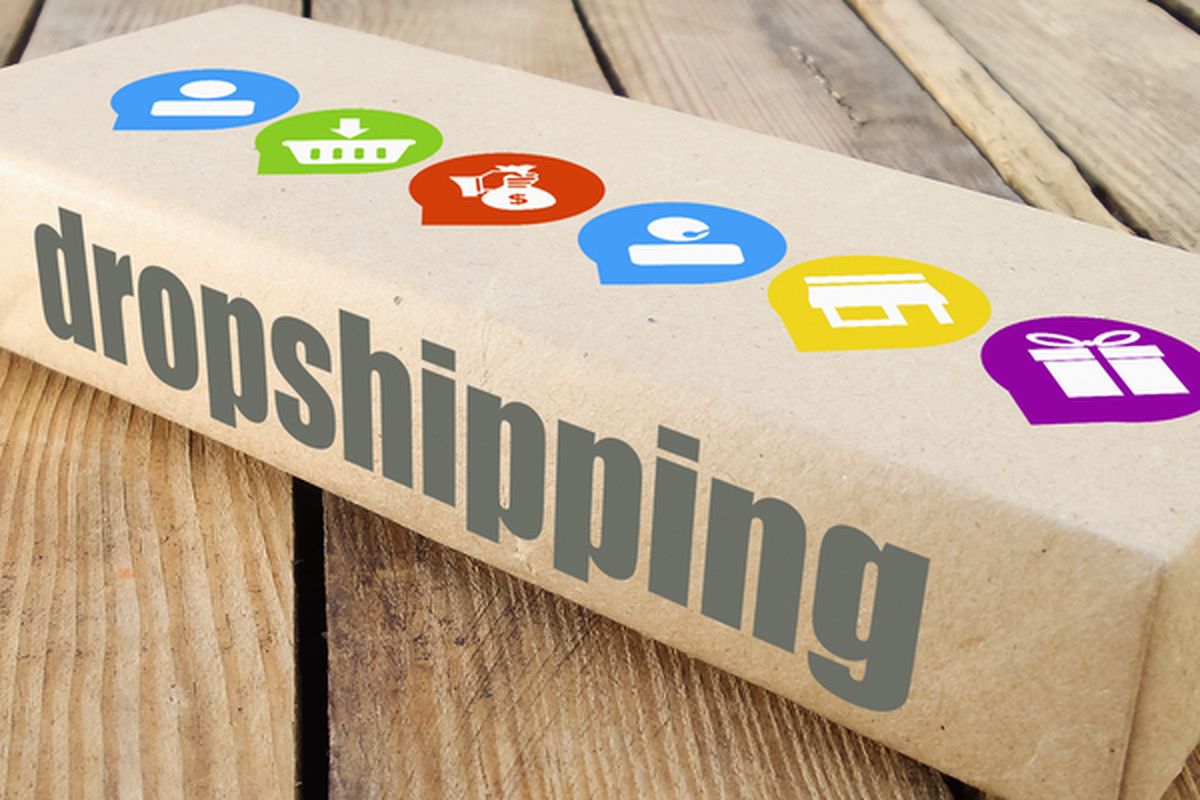
Dropshipping is an enticing business model for entrepreneurs looking to enter eCommerce without the hassle of managing inventory or handling logistics. But with so many people jumping into this space, competition has become fierce. The difference between thriving in dropshipping and quietly fading away often boils down to one thing: understanding the game.
A free dropshipping course could be your secret weapon. These resources offer essential knowledge on everything from finding winning products to building supplier relationships and crafting effective marketing strategies. The best part? You can kickstart your entrepreneurial dream without spending a dime.
This post takes a deep look into how free dropshipping courses provide the tools to build a successful store and outsmart competitors.
Why Dropshipping Has Taken Off (and Why You Need to Stand Out)
Dropshipping has become increasingly popular, thanks to its low barrier to entry. Unlike traditional retail models, dropshipping allows you to sell products without first buying inventory. You only purchase a product when a customer places an order, which drastically reduces upfront costs.
But herein lies the challenge. Because the model requires minimal investment, thousands of entrepreneurs are joining the field. With competition this stiff, it’s survival of the smartest. Leveraging a free dropshipping course can help you stand out by equipping you with insider strategies, tested tactics, and the necessary skills to build a competitive edge.
What Can a High-Quality Free Drops hipping Course Teach You?
The best free drops hipping courses are more than just basic introductions; they are crash courses in eCommerce success. Here’s what you’re likely to learn:
1. Choosing Winning Products
Finding products that consistently sell is the backbone of a successful dropshipping store. But how do you identify “winning” products in an oversaturated market?
- Demand Research: Dropshipping courses teach you how to analyze trends using tools like Google Trends, Facebook Audience Insights, and Alibaba’s marketplace data.
- Competitive Analysis: You’ll discover how to study competitors to find gaps in their offerings or inefficiencies you can exploit.
- Profit Margins: Courses teach you how to calculate realistic profit margins by factoring in supplier costs, shipping fees, and other overheads. Remember, a pretty-looking product won’t take you far if there’s little to no room for profit.
2. Building Strong Supplier Relationships
Your suppliers play a vital role in your dropshipping business. Reliable suppliers mean faster shipping, consistent product quality, and happier customers. A good course likely covers:
- How to Find the Right Suppliers: You’ll discover how to vet platforms like AliExpress, Oberlo, or Spocket for reliable suppliers who can meet your expectations.
- Negotiation Skills: Learn to ask for better margins or discounts for bulk orders, giving you a financial edge.
- Red Flags to Avoid: Identify warning signs with suppliers, such as poor communication or failure to stick to deadlines.
3. Optimizing Your eCommerce Platform
Beyond product selection, you also need a strong online storefront. Courses often include step-by-step guides on setting up an attractive Shopify store or optimizing your WooCommerce setup.
- Custom Store Themes: Designed to convert visitors into customers.
- User Experience (UX) Improvements: From easy navigation to mobile-friendly designs, creating an intuitive shopping experience will keep customers coming back.
- SEO Basics: Integrating keywords, meta tags, and alt text for search engine visibility.
4. Crafting Effective Marketing Strategies
The most well-stocked store won’t generate revenue without marketing. This is where free dropshipping courses truly shine. You’ll learn practical techniques like:
- Facebook & Instagram Ads: Courses lay out how to target the right audience at the right time to maximize ROI.
- Email Marketing: Strategies like abandoned cart emails or promotional campaigns that convert leads into paying customers.
- Influencer Collaborations: Courses often highlight how micro- and nano-influencers can drive traffic to your store.
- Retargeting Campaigns: Capitalize on visitors who didn’t purchase with smart retargeting methods.
5. Understanding Analytics
Once your store is live, tracking performance is vital for ongoing growth. A free dropshipping course helps you interpret data such as:
- Click-through rates (CTR)
- Conversion rates
- Bounce rates
These insights allow you to tweak your advertising, pricing, and product descriptions to maximize revenue.
Benefits of Starting with a Free Dropshipping Course
Choosing a free course isn’t just a budget-friendly move; it’s a strategic one. Here’s why:
1. Low-Risk Learning
Starting your dropshipping business with minimal cost allows you to make mistakes, learn, and pivot without risking significant resources.
2. Hands-On Practice
Free courses often encourage you to set up your store as you learn, providing practical, real-world experience.
3. Building Confidence
For many new entrepreneurs, the thought of launching a business from scratch can feel overwhelming. A structured course breaks it into manageable steps, giving you the confidence to move forward.
4. Immediate Implementation
Many free dropshipping lessons focus on actionable insights, so you can start setting up your store right away, without feeling bogged down by unnecessary theory.
Key Success Stories of Entrepreneurs Who Started with Free Courses
Don’t take our word for it; entrepreneurs worldwide have launched thriving stores after learning via free dropshipping resources.
- Sarah from Atlanta started her $50K/year stationery store using just what she learned from a free course on YouTube.
- James in New Zealand scaled his eco-home goods shop to 200+ monthly orders after discovering product research methods taught in a free course.
The dropshipping field is expanding, and with new entrepreneurs entering daily, delaying your start could cost you a valuable foothold in your niche. A free dropshipping course provides an easy, risk-free way to gain the knowledge you need to get ahead of the competition.
